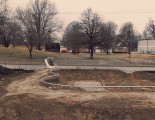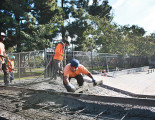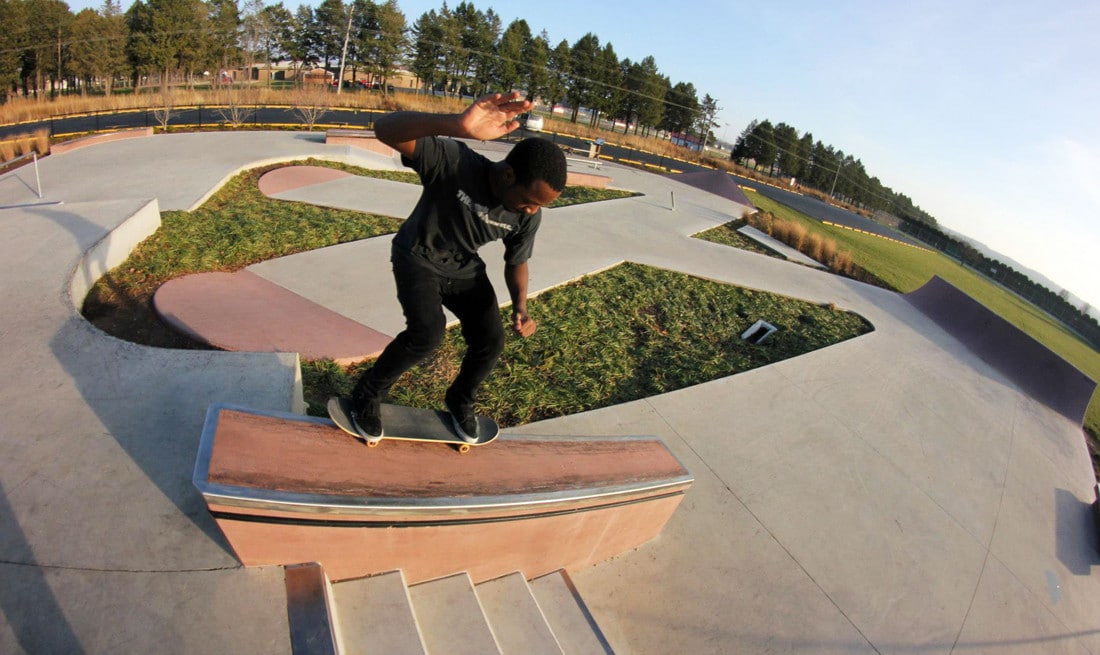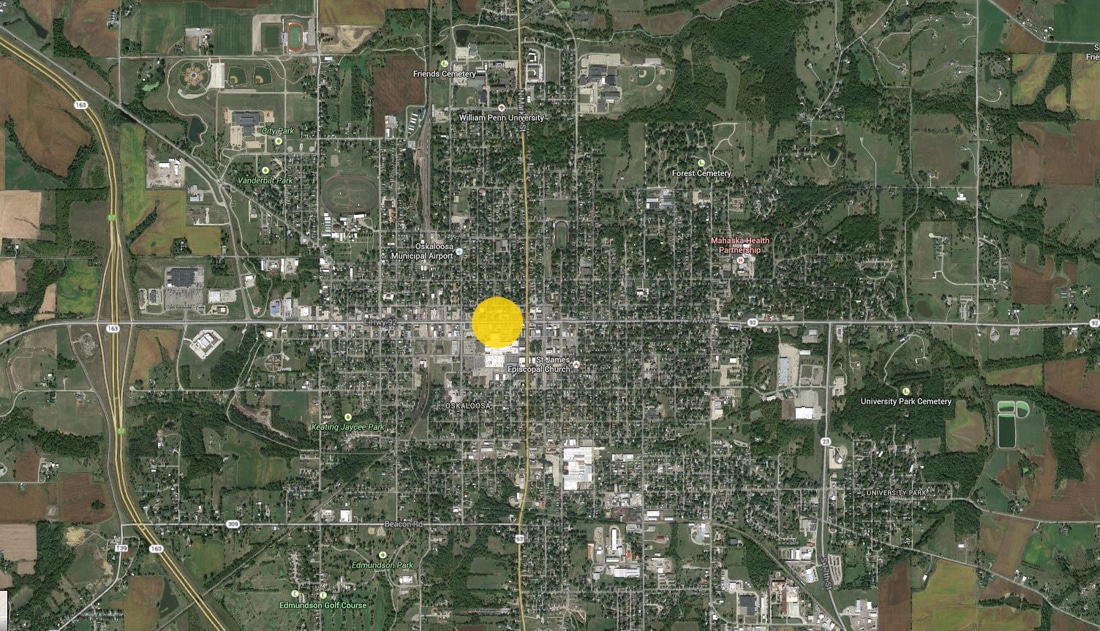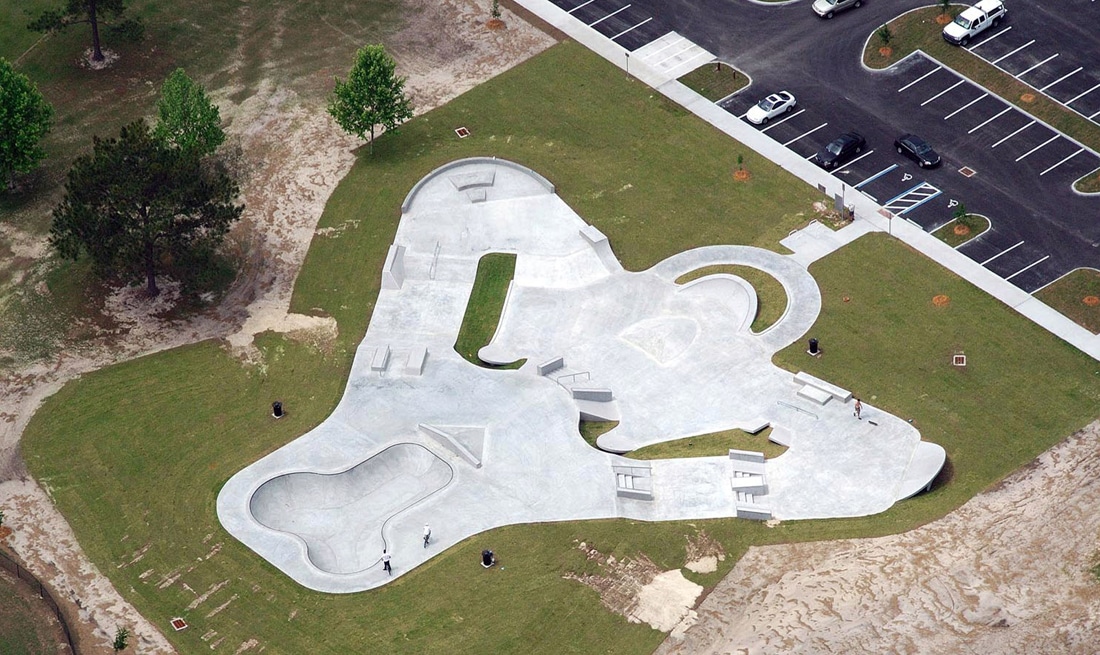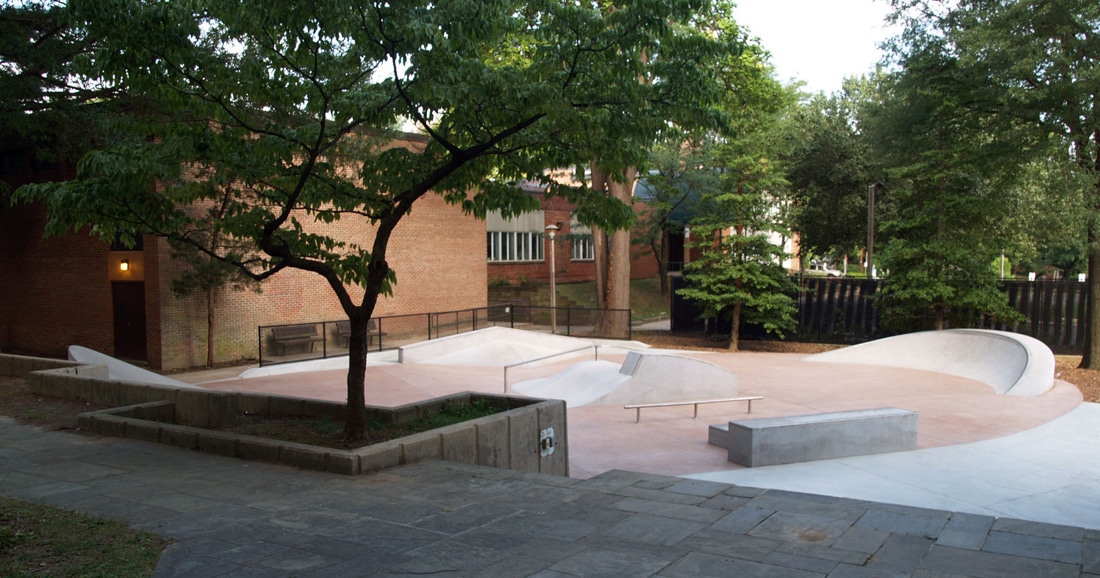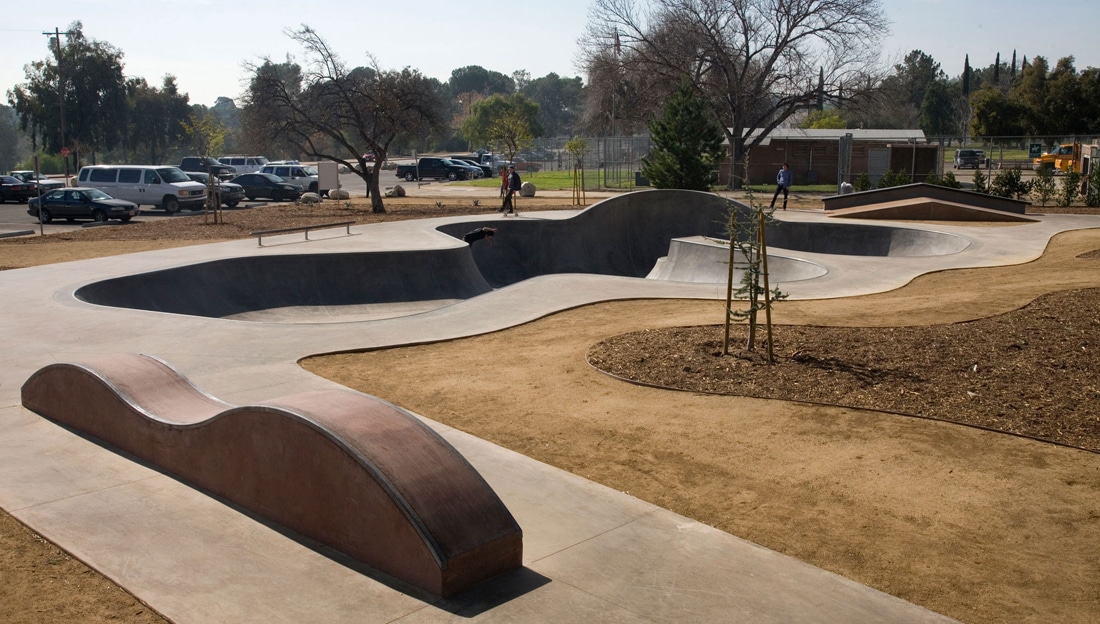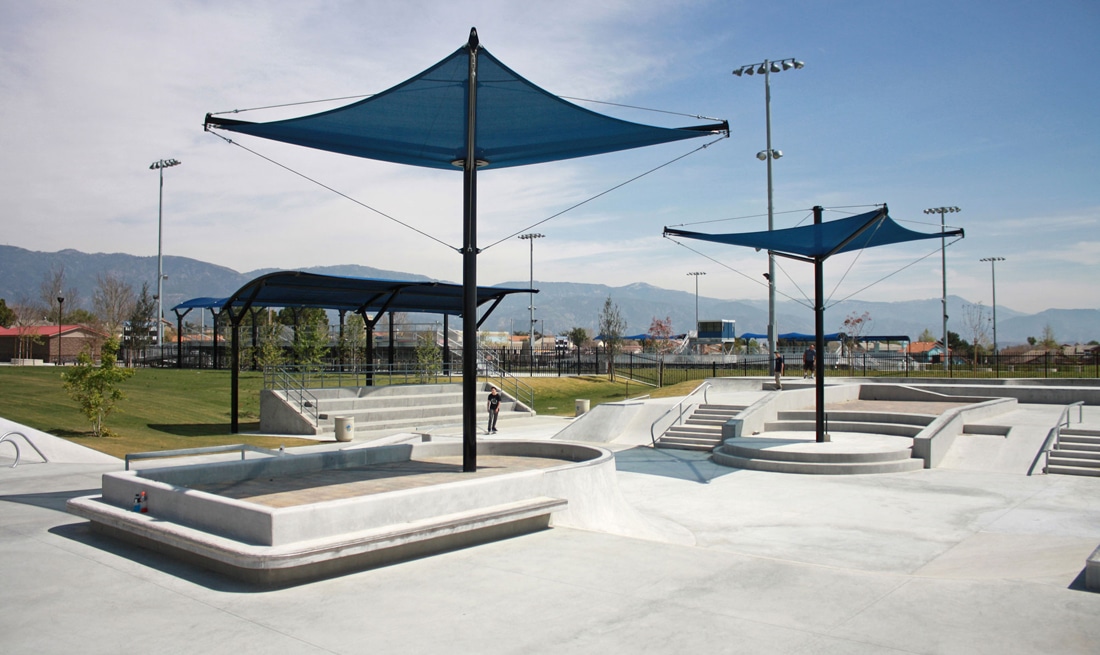A skatepark is only as good as the site that it’s located within. And because a skatepark’s site is so critical to the ongoing success of the facility, finding the perfect one can often be one of the most arduous parts of the skatepark development process. If you know the right qualities to strive for however, the site selection stage can be a lot less daunting.
After twenty years of skatepark design/build experience and hundreds of municipal skatepark projects, we’ve developed an intimate understanding of the site characteristics that ensure a skatepark can reach its full potential as a valuable community asset.
Here are the most important criteria we recommend focusing on when evaluating potential skatepark sites.
1. VISIBILITY
- How easy would it be for law enforcement and parents to patrol and check-in on the skatepark?
- Is the site surrounded by other active areas, giving wannabe hooligans the sense that eyes could be on them at any given time?
Our design/build project in Provo, Utah showcases a high-visibility site. It’s adjacent to a major thoroughfare – an effective deterrent against illicit behavior.
2. ACCESSIBILITY
- How centralized is the site? Is it on the outskirts of town and hard to get to for the majority of the town’s residents?
- What is the proximity to public transport? (bus, train, bike trails, sidewalks for walking/skating, etc.)
Our client in Oskaloosa, Iowa made a smart decision when they strategically selected a skatepark site in the heart of the downtown – central to residential areas and public transportation.
3. DESIGN CANVAS
- Is there enough space to achieve the desired square footage? Is there potential for future expansion?
- Is the shape of the space conducive to skateboarding traffic patterns or do awkward corners and boundaries create challenges?
- Is the topography conducive to skatepark design? Do natural elevation changes present opportunities or challenges?
- Would the scenery, aesthetics and atmosphere compliment a social gathering space like a skatepark?
- Do water-table depth or existing drainage present opportunities or challenges?
The canvas for our 2009 design/build project at Possum Creek Park in Gainesville, Florida was ideal – a large open grassy area with topography suitable for both in-ground and above-ground construction.
The site we were presented with for a small project in Silver Spring, Maryland, on the other hand, was extremely challenging – tightly surrounded by walls, pedestrian walkways and trees.
4. BARRIERS TO “SHOVEL-READY”
- Does the agency already own the property? Is it properly zoned? Or would a property acquisition and zoning process be lengthy and challenging?
- Would use of the site require demolition of existing structures? How extensive?
- Does use of the site for a skatepark conflict with future plans for the space?
Our design/build project at Rowley Park in Gardena, California replaced an aging and under-utilized racquetball court with an extremely well-used public skatepark. Demolition of the racquetball court presented a hurdle, but was minor in the grand scheme of things and diverted only a small portion of the construction budget. Thinking “green” we also recycled 90% of the lumber from the racquetball court and used it to frame various concrete features within the skatepark.
5. AMENITIES & INFRASTRUCTURE
- Does they site have existing support amenities such as parking, restrooms, water fountain, etc. within walking distance or would they have to be created?
The site of our design/build project at Hansen Dam in Los Angeles, California was already supported by existing parking lots, restrooms, water fountains and shade. This allowed the construction budget to focus exclusively on skateable terrain.
6. IMPACT TO SURROUNDING ENVIRONMENT
- Would use of the site for a skatepark conflict with other activities within the overall space? Would a skatepark displace an existing recreational activity?
- Would use of the site for a skatepark damage natural or cultural resources?
- Would the proximity to homes cause excess noise?
Our 2012 project at Fergusson Park in Rialto, California transformed an un-used concrete slab into an architectural community skate plaza – resulting in a positive impact on the space. The site is also located several hundred feet away from homes, so the project did not have to contend with any NIMBY concerns.
If you’ve undertaken a skatepark effort and would like a professional opinion on various sites within your community, please get in touch today.

